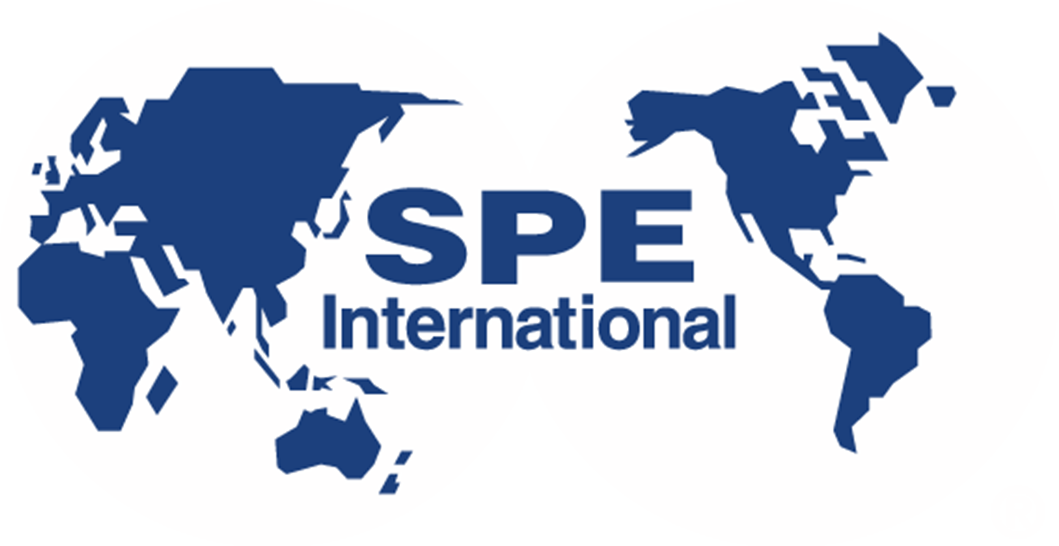Agenda
Monday, November 01
Tuesday, November 02
Keynote Presenter: Dave Cramer, ConocoPhillips
Keynote Presentation: Understanding and Managing the Components of the Near Wellbore Region
Changes to the products and processes we employ is at front of mind right now while we're adjusting to the new normal of commodity prices. New technologies, along with new methods to use existing technologies, will not only help us better understand the reservoir, but help us be more deliberate and targeted with our frac designs giving us confidence that every allocated to our completions is money well spent.
Presenter 1: Jackson Haffener, Devon
Presentation 1: Understanding Fracture Re-dilation and its Impact on Hydraulic Fracture Growth at HFTS2
Presenter 2: Scott Taylor, Reservoir Imaging Solutions
Presentation 2: Validation & Data Driven Observations of Conductive Fracture Imaging - a Novel Diagnostic Tool to Image Hydraulic and Conductive Fractures
Presenter 3: Dan Moos, Seismos
Presentation 3: Exploiting Real-time Measurements of Nearfield Conductivity to Optimize Completion Design and Improve Production
In today’s price environment, minimizing completion costs without sacrificing well performance is of paramount importance. One of the most impactive design changes is to be able to increase stage spacing without sacrificing well performance. Perforation design is critical to ensuring high cluster efficiency and as many effective fracture initiation points as possible. Parameters to be considered are the charge type, orientation, number of shots, hole size and cluster spacing as there are associated costs to be balanced with stage spacing. Speakers in this session will provide data and case histories that can be used to optimize perforation programs in various plays.
Presenter 1: Paul Huckabee, Shell
Presentation 1: Considerations for Multi-Cluster Stage Designs for Effective Stimulation Distribution: Stage Length, Perf Cluster & Limited Entry Intensities
Presenter 2: Ahmed Attia, Ziebel
Presentation 2: Understanding the Importance of Hole Size and Placement Using Intervention Based Distributed Fiber Optics
Presenter 3: Charles Bourgeois, DarkVision
Presentation 3: High Resolution Acoustic Imaging of Oriented Perforating to Evaluate Limited Entry and Extreme Limited Entry
Near-wellbore geomechanical processes can control hydraulic fracture initiation, propagation, tortuosity and coalescence. Drilling, perforating, casing, and cementing all perturb near-wellbore stresses as the formation respond to all phases of wellbore construction. These perturbations impact horsepower requirements (i.e. to breakdown the formation and to initiate/propagate conductive near wellbore fractures) and on the resulting near-wellbore fracture characteristics. In this session, speakers will focus on geomechanical investigations of near-wellbore processes within the framework of field studies (data, analysis, operations and/or numerical models) in order to optimize completion design and maximize conductivity.
Presenter 1: Joel Mazza, FractureID
Presentation 1: It’s Complex. An Attempt to Use Geomechanics-informed Machine Learning Models to Mitigate Casing Def
Presenter 2: Andy Bunger, University of Pittsburgh
Presentation 2: Time-Dependent Hydraulic Fracture Initiation Connecting Near Wellbore Variability to Stimulated Proportion of Clusters
Presenter 3: Kan Wu, Texas A&M University
Presentation 3: Fracture Hits and Hydraulic Fracture Geometry Characterization based on Low-Frequency DAS Measurements
Two critical parts of well completion are the success of cement isolation and providing stable access to the formation. Cementing must stand up to cyclic fracturing stresses, as well as protect and support casing integrity, isolate fracs along the lateral and provide environmental protection. Interest in perforating methods, conveyance and monitoring has risen sharply in importance as extreme diversion methods have moved into center stage during perforating and methods of erosion control have become necessary.
Presenter1: Somnath Mondal, Shell
Presentation 1: Applications of Diagnostics to Measure the Magnitude of Near Wellbore Pressure Drop and Isolation Integrity
Presenter 2: Carl Strubberg, EV
Presentation 2: Optical Observations During FRAC Including Plug Bypass, Subsequent Casing Damage and a Question on Diverter Type Selection and the Associated Stimulation Concentration Observations
Presenter 3: Ohm Lorwongngam, Hess
Presentation 3: Design for High Near Wellbore Perf Efficiency and Evolution of Frac Plugs
Wednesday, November 03
Selecting the correct diagnostic tool(s) begins with defining the question at hand. This session will review the application of diagnostic tools, the answers they provide, and the changes made to completion designs as a result.
Presenter 1: Craig Wittenhagen, Ascent Resources
Presentation 1: Friction, Fractures, or Formation – Why it Matters
Presenter 2: Rob Bohn, Silixa
Presentation 2: Diagnosing the Near Wellbore Region Using Fiber Optic Sensing
Presenter 3: Taylor Carrell, Chesapeake
Presentation 3: Case Studies on Sealed Wellbore Pressure Monitoring and Retrievable Fiber in the Marcellus Shale
Near-wellbore data collection informs our understanding of fracture propagation, both in the near-wellbore and far-field. In this session, we investigate how models of hydraulic fracture initiation and propagation can be calibrated using different near-wellbore data sources, and applied through an integrated approach to solve practical problems.
Presenter 1: Mukul Sharma, University of Texas at Austin
Presentation 1: How the Wellbore and Near Wellbore Region Impact Fracture Growth: What We Can Infer from Models and Diagnostic Data
Presenter 2: Mason Mackay, Birchcliff
Presentation 2: Applications of Linking Near Wellbore Diagnostics with Completion Signatures in the Montney Formation
Presenter 3: Mike McKimmy, Hess
Presentation 3: Insights into Near Wellbore Tortuosity, Pressure Drop Along Fractures and Fracture Growth from DH Gauge Analysis
Parent-child interactions provide both challenges and opportunities. This session will highlight methods to interpret fracture induced interactions in parent wells and discuss methods and field experiences for reducing the impact of reservoir depletion on child well performance.
Presenter 1: Chad Senters, ProTechnics
Presentation 1: Communication After the Frac – Magnitude and Duration of Well Interactions
Presenter 2: Brendan Elliott, Devon
Presentation 2: Measuring and Modeling Fracture Driven Interactions: Considerations and Insights
Presenter 3: Ibrahim Abou-Sayed, Seismos
Presentation 3: Differentiating Fracture Bypass from Fracture Intersection using Offset Acoustics - A New Approach to Interpret Parent/Child Interaction
This session will be a live webcast discussion hosted by NSI Technologies and feature some of the most recognizable names in our industry discussing their learnings from the workshop topics and their individual opinions on the importance of technology, science and constant innovation.
